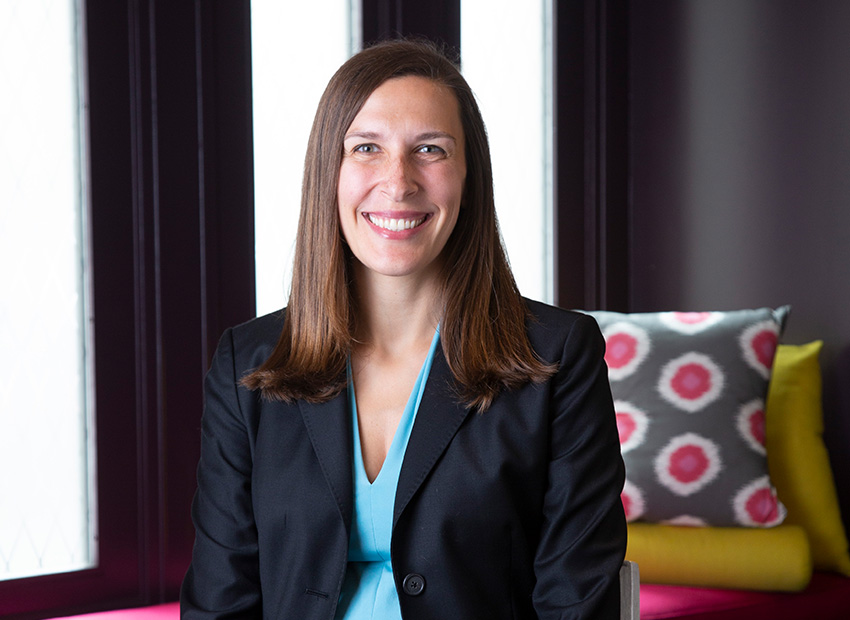How to Approach Secondary Medical School Applications
At this point, you have made it through the AMCAS application and hit submit. You are done with your personal statement and experiences section—congratulations!
While you may have had a bit of a breather, you are now in the thick of secondary essays. You may be thinking, “I just want to go to medical school!” The bright side is that you have reached the last bit of writing in the medical school admissions process. The challenge is that this last step entails a lot of writing and reflection. Through your personal statement and experiences, you shared why you want to be a doctor and what you have done to prepare. Now you are being asked to write about your fit with the medical school requesting your secondary application.
This is where the research you conducted to create your medical school list comes into play. Your reflection on the mission of their school and how you will contribute to their class, community, and healthcare at large are a crucial part of their review process.
- Start with the medical school mission statement. It may sound like they all say something about creating a physician workforce to help society. Spend time closely reading multiple mission statements focusing on the nuance within the similarities and differences. Some will be focused on innovation, some on research, some on patient care, some on developing a rural workforce, and so on.
- Learn about the patient population the medical school serves. Even when there are multiple medical schools located in the same area, they often serve different populations. In New York City, where I worked, the medical schools are located in very different neighborhoods. They serve the wider New York area, as well as patients from around the country and world, but they are deeply influenced by the communities within which they are located.
- Dive into the curriculum and/or student experiences. It is easy for curriculum or opportunities to sound the same. Again, a deep dive will reveal differences. All medical schools have student-run clinics but are their services focused on areas you have experience in or want to impact based your future goals? All medical schools have research but are there specific opportunities like a capstone or a funded year of research that interest you?






